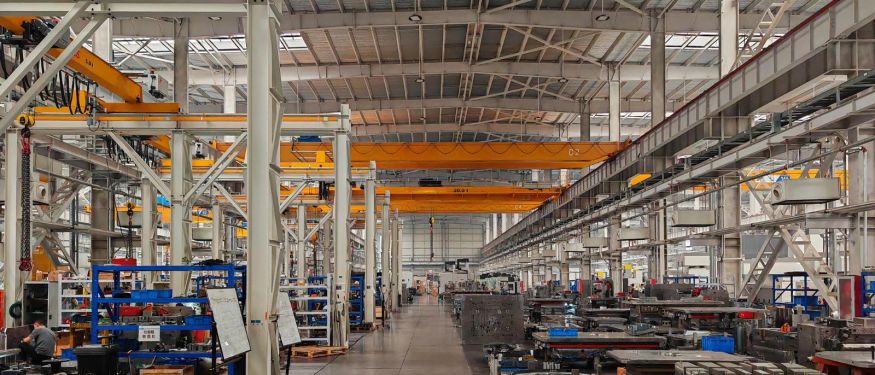
Demand for Chemical Mechanical Planarization (CMP) slurries is insanely high. Experts expect that the CMP market share for this substance will reach $2.7 billion by 2030.
But what is a CMP slurry? And what makes the CMP process special enough to create such a demand? Read on to find out in the CMP guide.
What Is Chemical Mechanical Planarization or CMP?
So what is CMP? It's a process that manufacturers use to polish silicon wafers. It involves both mechanical and chemical polishing processes. The main purpose of this remove any particles or imperfections from the surfaces of wafers.
Why It's Necessary
Why is this necessary? Well, silicon wafers need to have surfaces that are as uniformly smooth as possible. If they don't, they can't do their job very well.
You see, manufacturers include silicon wafers in a variety of electronic devices. Components within these devices have to stay very thin. If a silicon wafer doesn't have a smooth surface, the components of an electronic device may not fit together well.
What Is the CMP Process?
A machine performs the bulk of the CMP process. Workers only have to place the silicon wafer in the correct place on the machine and turn it on.
Polishing Head and Pad
Workers usually place a silicon wafer underneath a dynamic polishing head. They should position the surface they want polished face down. Workers will often bond a "carrier wafer" to the top of a wafer to protect the top surface from the polished head.
The polishing head will grab the wafer and carry it over to a polishing pad. The polishing pad is a large disk that usually has a much larger diameter than the silicon wafer. When the CMP machine is on, the polishing pad will spin.
The polishing head will press the wafer against the polishing pad. It will spin and push the silicon wafer back and forth across a radius of the polishing pad.
Slurry
A CMP slurry is a mixture of corrosive and abrasive chemicals. The CMP machine will drip this slurry onto the polishing pad as it spins.
The chemicals will reach the underside of the silicon wafer as it moves back and forth across the polishing pad. They will clear any materials off the wafer surface and smooth the surface.
Variety
Manufacturers can change out the slurry and polishing pad types when they wish. It all depends on their intentions. They may use harsher chemicals and pads when they want to get a thinner pad and smoother surface.
Get CMP Test Wafers
So everyone can thank the Chemical Mechanical Planarization process for giving humanity the best silicon wafers possible. Because we have these components, we have extremely functional electronic devices.
Do you need test wafers for your CMP processes? You can get them from us. Here at Silyb Wafer Services, we offer cutting-edge short-looped patterned wafers.
Request information about some of our custom test wafers on this page.
Published June 21, 2023.
